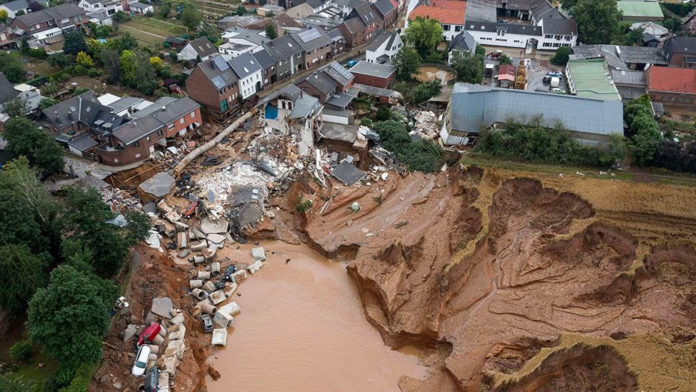Article Excerpt
The pictures of these events spread all over the world, raising thousands of volunteers from all different parts of Europe to help after this catastrophe. Without any question, this coming-together was at least partially caused by the extraordinary amount of images across social media and traditional news outlets.
Thus, it can be said that art, particularly the photography of natural disasters, do more that simply fascinate and influence its audience. This kind of art captivates people, appealing to their fears and compassion. In the 21st century, the art of photography and videography has the power to influence politics and mobilize people — arguably one of the most important functions of contemporary art. However, a worrying question remains: What happens when there is no one with a camera? Will there still be awareness and empathy, or will it be forgotten?
Analysis
Seeing is indeed believing, but it’s also a form of persuasion. The photographers pictured use their photography to spread awareness, and garner feelings of empathy in the viewer. This in turn can cause the viewer to help in said disaster. It’s hard to get a grasp of a situation and feel empathy without seeing it, and photography allows us to do just that. It’s an interesting form of communication, especially with the fact that it can be used to persuade. Simply the composition choices in a photo can foster certain emotions, which in turn can become actions.




